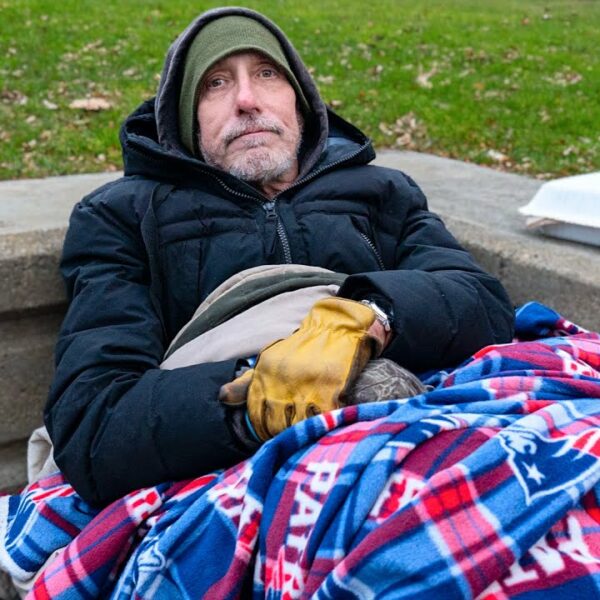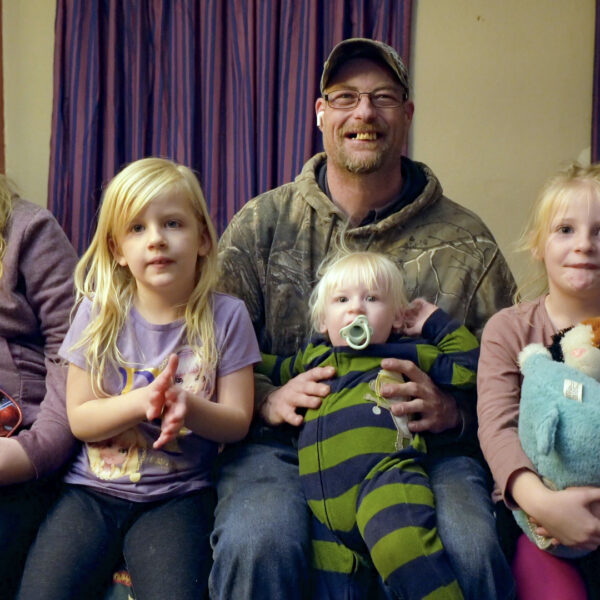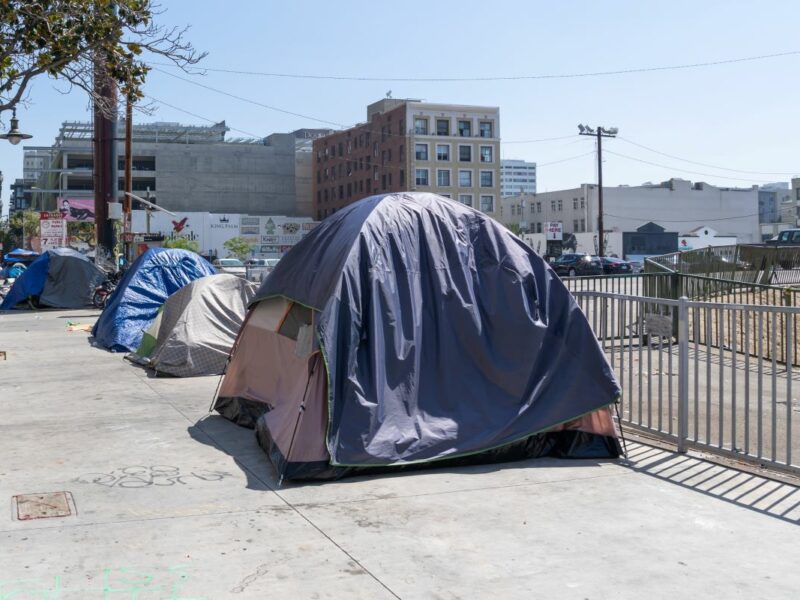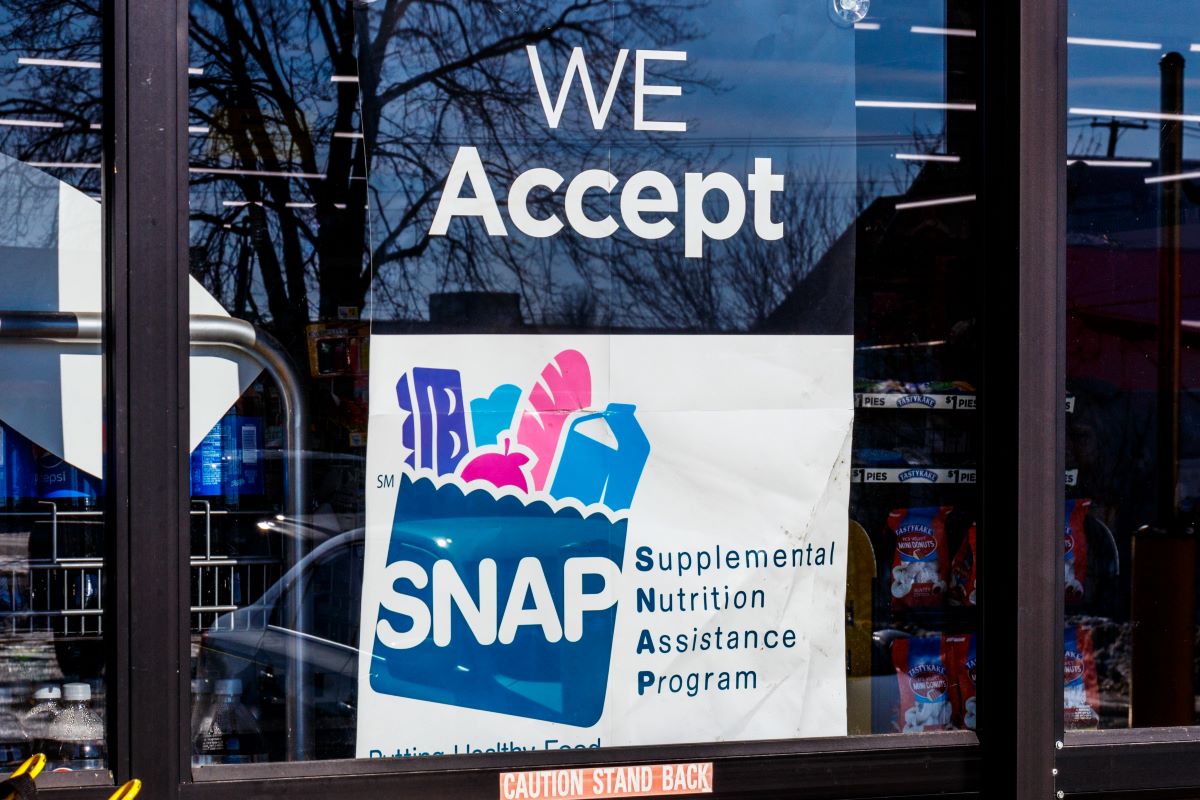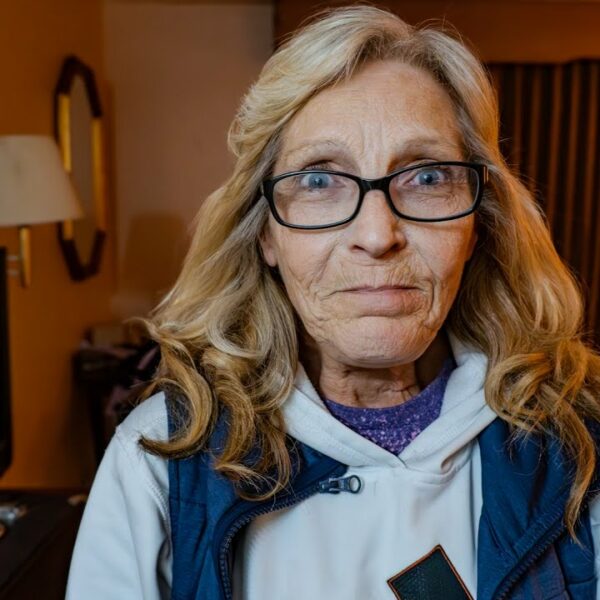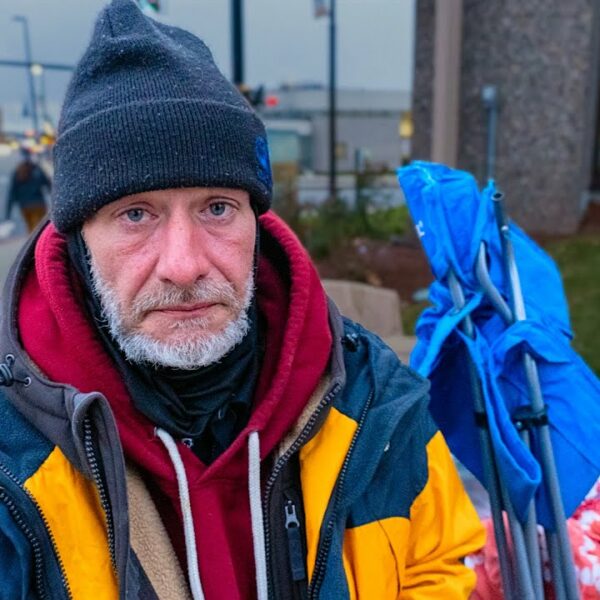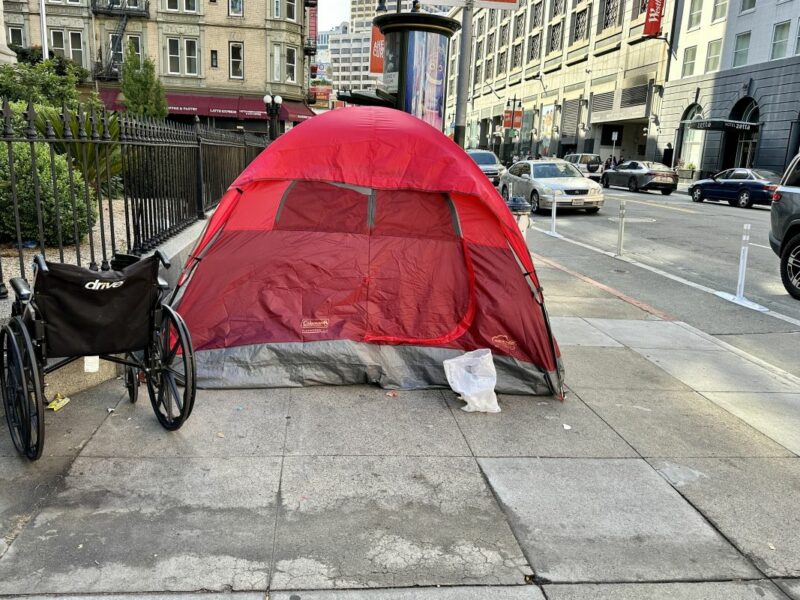More than 30 million people will lose an average of $82 per person in SNAP benefits when federal COVID protections expire on March 1.
The benefits were increased at the beginning of the pandemic through emergency allotments to the federal Supplemental Nutrition Assistance Program (SNAP). The emergency allotments allowed recipients to collect an extra $95 per month or up to the maximum amount for their household size, whichever was greater. Though the increase has previously been extended in light of current economic conditions, the December Omnibus bill passed by Congress eliminates the funding for good.
“This hunger cliff is coming to the vast majority of states, and people will, on average, lose about $82 of SNAP benefits a month,” Ellen Vollinger, the SNAP director at the Food Research & Action Center (FRAC), told CBS news. “That is a stunning number.”
Twenty-eight states have already stopped providing additional aid. The remaining 32 lose their funding on March 1, dropping the average SNAP benefit to about $5.40 a day. FRAC says food banks won’t be able to fill that gap.
“For every one meal that food banks provide, SNAP provides nine meals,” Vollinger and SNAP Deputy Director Andrew Cheyne wrote. “All parts of the food chain—from farmers and food manufacturers to truckers, grocers, and store clerks– are likely to feel the economic impact of the precipitous and steep reduction in SNAP redemption amounts.”
Indeed, contrary to myth, SNAP is a driver of the economy rather than a drain on it.
“Given that each $1 in SNAP benefits during a downturn generates between $1.50 and $1.80 in economic activity, FRAC estimates the economic impact of SNAP and P-EBT benefits in FY 2021 at between $187.5 billion and $225 billion,” Vollinger and Cheyne wrote.
Most people who receive SNAP benefits are employed—they’re just not making enough to get by. And with record-high inflation, more and more will be joining their ranks.
Moody’s Analytics reports that everyday household goods and services cost the average American household $371 more this past December than they did a year ago, with the majority of the increase going toward non-negotiables like shelter ($82.60), food ($72.01), utilities (up $47.33), and health care ($17.97 higher).
SNAP is calculated based on economic need, but officials use economic metrics from July and implement the changes in October.
With soaring costs—in October 2022, SNAP benefits went up 12.5 percent, but grocery store prices climbed nearly 13 percent simultaneously—it’s just not enough.
Meanwhile, a study from the Urban Institute estimated that the extra SNAP allotment paid out since the pandemic has kept some 4.2 million people out of poverty as of the end of 2021. In states still offering the benefits—those states that will lose the funding now—overall poverty was down by 9.6 percent, and child poverty by 14 percent.
The Omnibus bill does make some investments in child nutrition programs. It creates a new nationwide summer program that provides families of eligible children an additional $40 per child for food. It also makes it easier for summer meal providers to distribute meals. But Volinger told Food Tank it’s not enough.
“For the families who are going to be affected, the math does not really work out for them,” she said. “[The new benefits are] modest compared to the magnitude of dollars that we’re talking about here with the emergency allotments.”
The rising cost of basic necessities is exacerbating an already tenuous situation for many low-income earners. Meanwhile, the number of households experiencing food and housing instability is growing exponentially nationwide. Eliminating this benefit without a replacement will only increase the number of households that are at risk of losing everything and becoming homeless.



